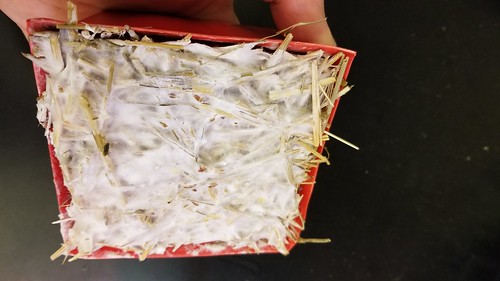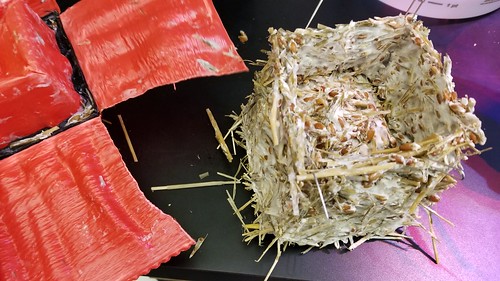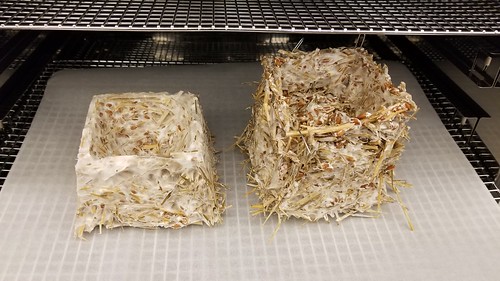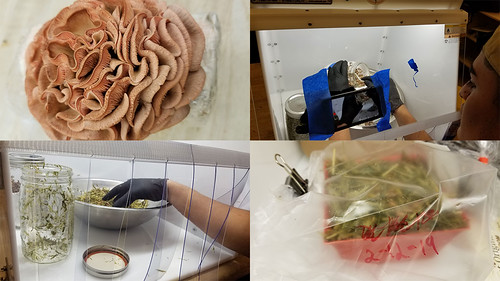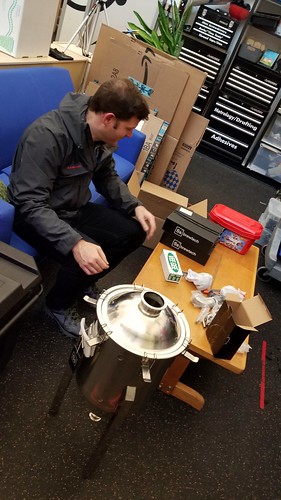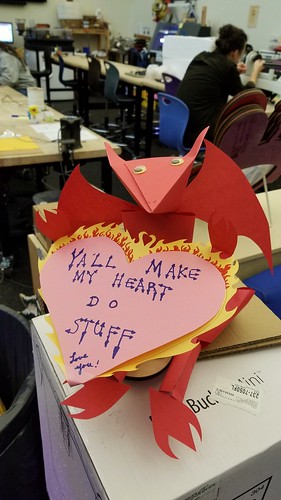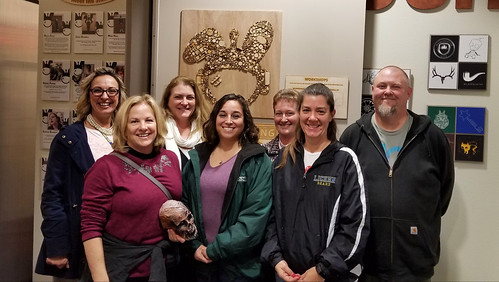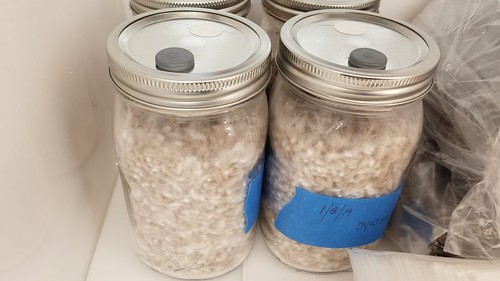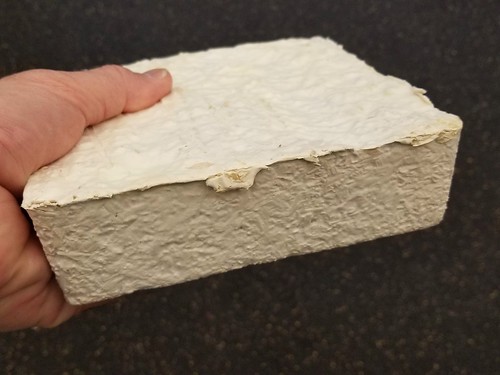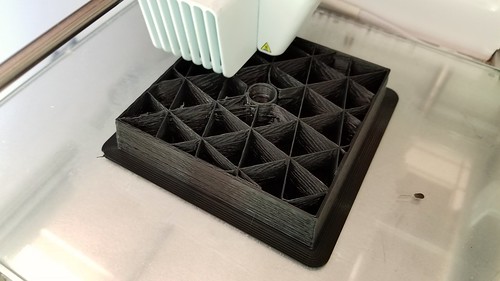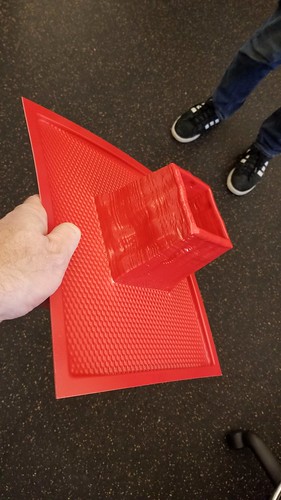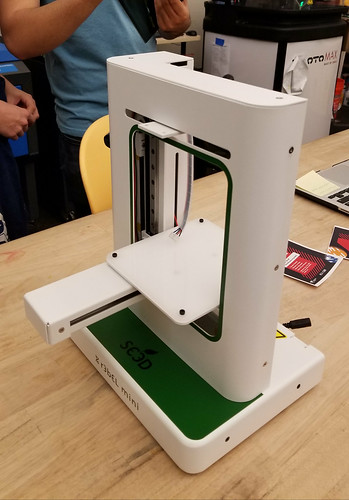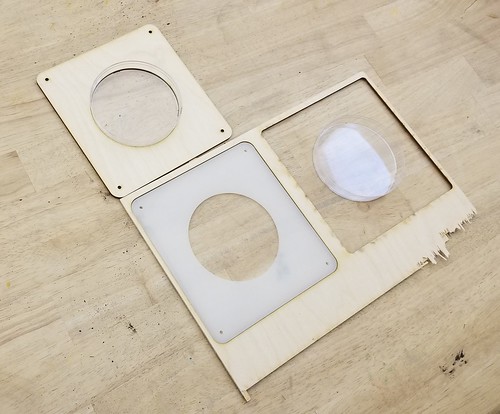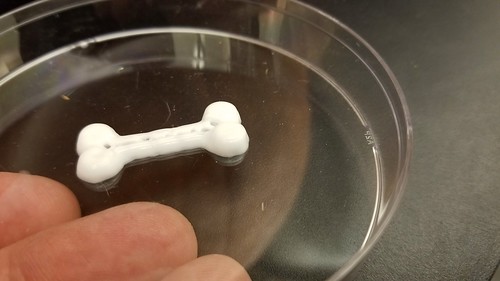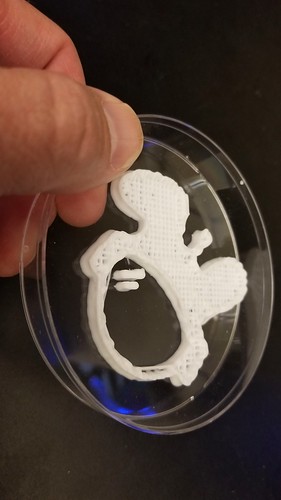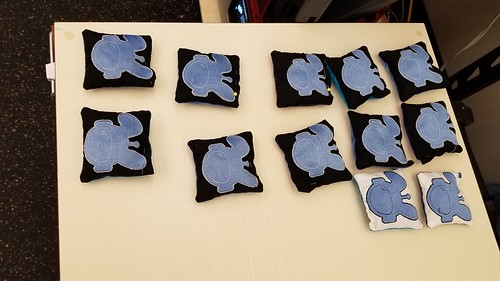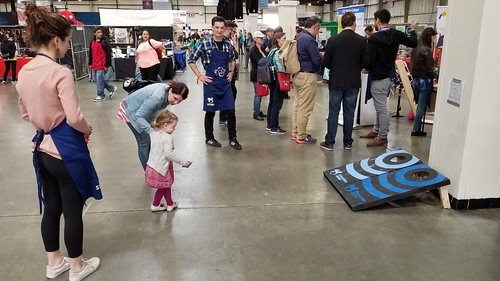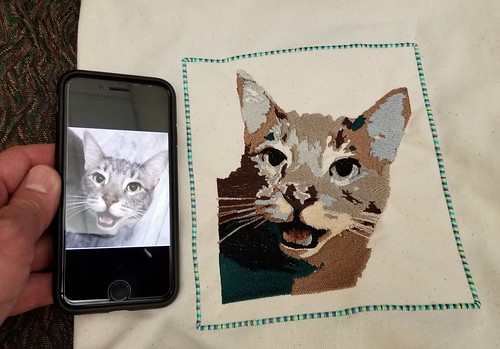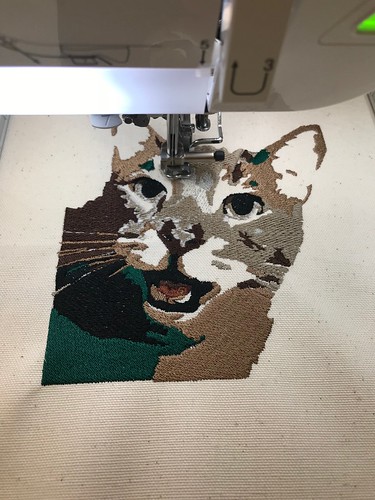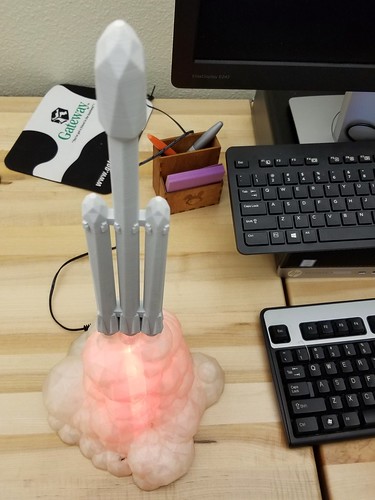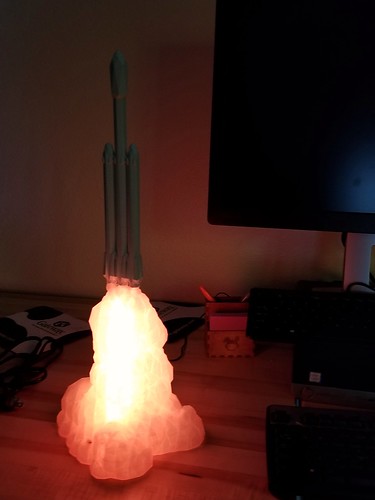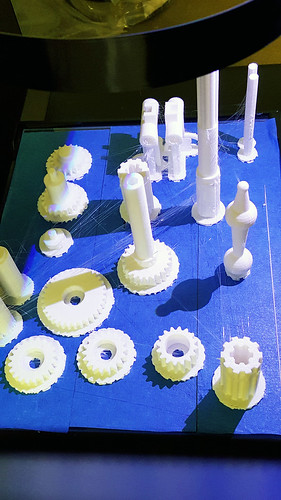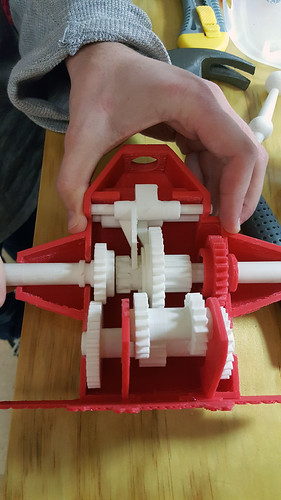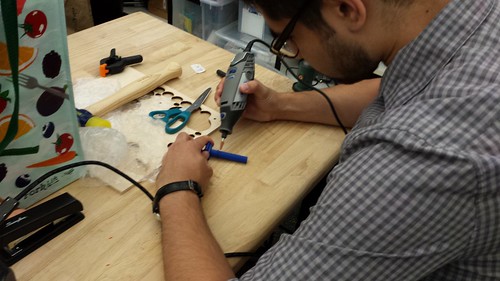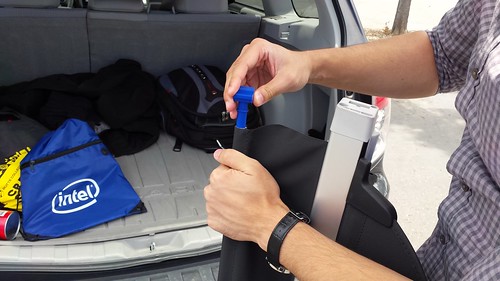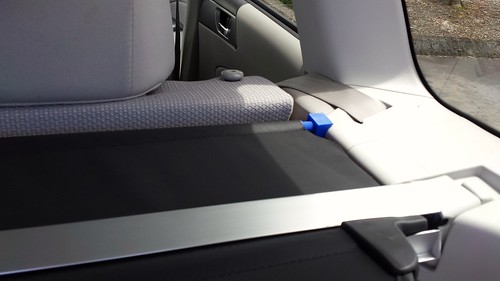A couple of weeks ago, the Innovation Center hosted Lisa Danner (English) and her Creative Writing class for two class sessions about physicalizing poetry.
We started by introducing students to these really fun Metaphor Dice…
They rolled the dice, individually and in pairs, and then wrote and shared poems based on their dice rolls.
Our overall goal was to get students to think about ways they might give physical form to their writing, so I asked Sophie and Sydney (two of our outstanding Makerspace Facilitators) to create some physical poem prototypes to help guide student thinking. They used the laser cutter and the embroidery machine and 3D printers and came up with these fantastic models.
We talked about the many forms that poems (and words more generally) can take, from calligrams…
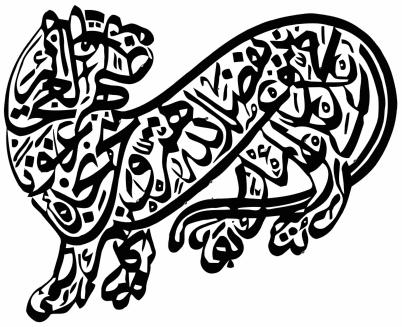 Ishvara7 at English Wikipedia [CC BY 3.0], via Wikimedia Commons
Ishvara7 at English Wikipedia [CC BY 3.0], via Wikimedia Commons
…to the inspiring Viewfinding poetry and sculpture installation by artist Sarah Cook.
Students returned a week later to start physicalizing their own poems, some using glue guns and materials from our low-resolution prototyping cart, and others working with the laser cutter.
It might be less obvious (to some folks, anyhow) about how English classes might use makerspace resources, but we think we’ve come up with an engaging instructional sequence, and hope to tweak and adapt and scale it up, exposing lots of different kinds of students to maker-centered learning.






